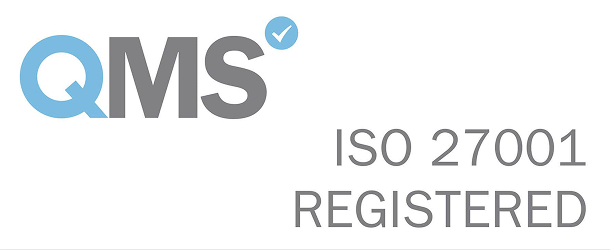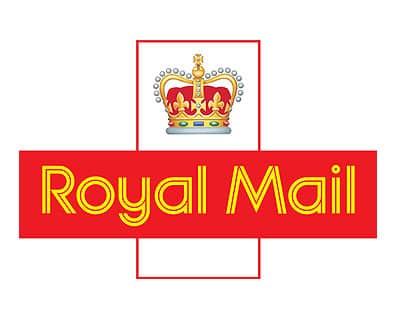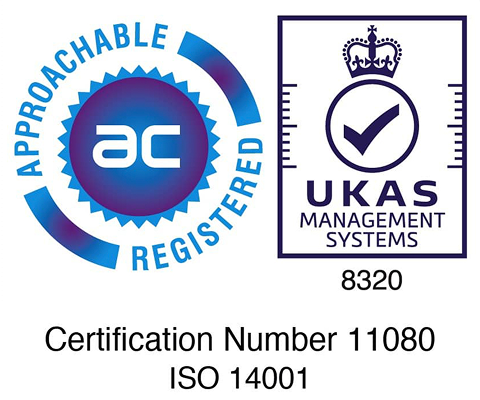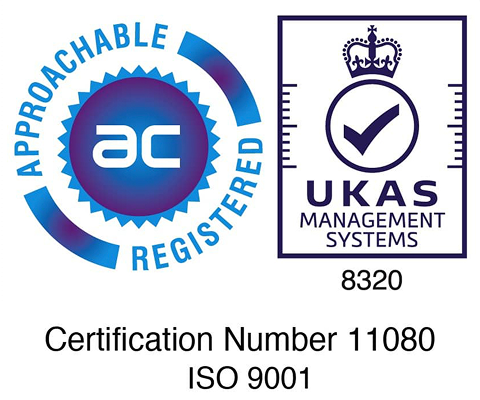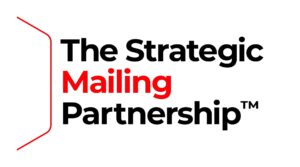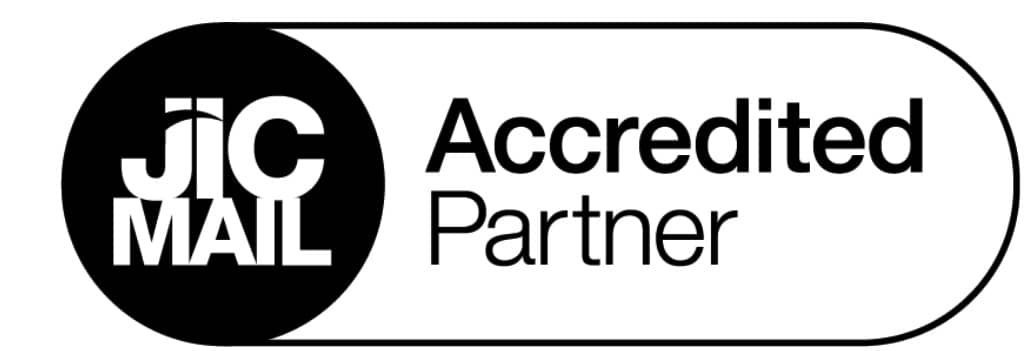Postage can easily eat up a large part of the budget for any direct mail campaign, so it’s worth exploring every available opportunity to keep these costs down.
One option to consider if you’re looking to engage with a large audience as efficiently as possible is bulk mail postage.
What is bulk mail postage?
Bulk mail postage refers to the mailing of high volumes of items all at once in order to secure discounted rates for delivery.
It’s often a good tactic for businesses that want to engage with a large audience through mass-produced, standardised marketing materials. This can extend far beyond simple mailshots.
You can use bulk mailing to distribute items such as leaflets, brochures, magazines, postcards and catalogues, for example. In addition to its high levels of cost efficiency, bulk postage offers plenty of potential to experiment with different formats and strategies for engaging with your customer base.
How does bulk mail postage work?
One of the most important things to remember when thinking about distributing mail in bulk is that there are minimum limits on the number of items you can send.
In order to qualify for bulk mail discounts, you need to send at least 4,000 standard letter tariff items or 1,000 large letter tariff items.
Another key part of the bulk mailing process is pre-sorting, which could be facilitated by a mailing house. This helps to drive efficiency and ensures you can secure the discounts you want by processing and grouping your mailings together before passing them onto the delivery provider.
We can also offer support when it comes to data cleansing, which can prove particularly beneficial when distributing mail in bulk. Sending to a large mailing list raises the likelihood of duplicates and other issues, such as invalid postcodes. Taking the time to analyse and improve your data can keep these problems to a minimum.
Costs and discounts: how much does bulk mail postage cost?
The answer to this question depends on a wide range of factors, including:
We can say with confidence that the amount you spend on bulk mail postage often makes up at least half the overall cost of your direct mail campaign.
With that in mind, it’s important to manage outlay by taking advantage of any bulk mail discounts available to you. A mailing house partner like The Mailing People can help you keep your costs down and secure any savings you might be eligible for, such as Mailmark discounts.
How to get started with bulk mailing
If this is your first venture into the world of bulk mailing, you might have some questions about the steps involved in the process.
Here are some useful starting points:
Best practices for a successful bulk mailing campaign
You can increase the chances of your bulk mailing campaigns delivering results by sticking to common direct marketing best practices.
Common mistakes to avoid
All your hard work can be undone by easily avoidable mistakes, so take care to avoid pitfalls such as:
For more advice and answers to your specific questions about bulk mail postage, get in touch with us.
Our accreditations
